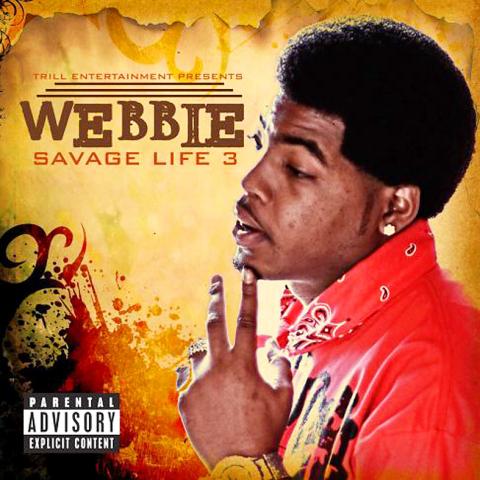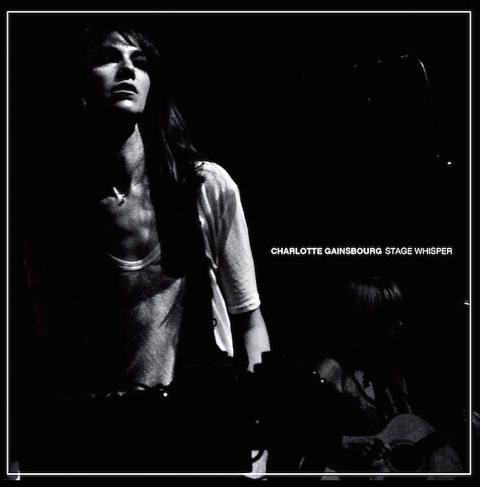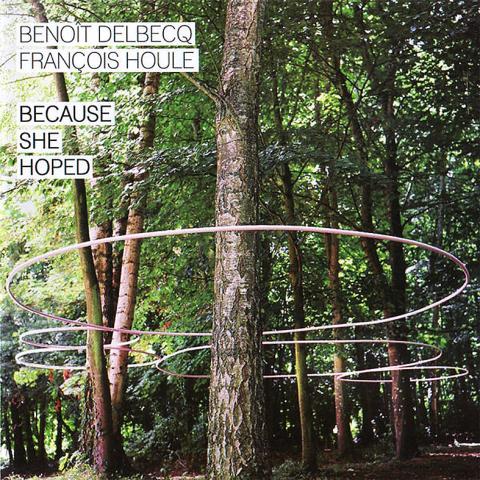Webbie
SAVAGE LIFE 3
Trill

The Baton Rouge, Louisiana, rapper Webbie has the laziest sort of charm. He didn’t even take time to come up with a newish title for this, his third solo album, and he certainly doesn’t agonize over his lyrics, which have a haphazard quality cohered mostly by his heavy local drawl, in which he never quite closes a syllable.
Almost a decade ago he emerged in tandem with the far more fiery and intricate Lil Boosie (who is serving an eight-year sentence for conspiring to smuggle drugs into two prisons and is awaiting trial on a murder charge), and he appeared happy to play second fiddle. Accordingly, Webbie’s biggest hits — Give Me That, from 2005; Independent, from 2007 — have felt almost accidental, half-hearted ideas stretched to song length, and delivered with glee.
Last, Webbie was the definition of a regional rap star: Savage Life 3 made its debut at No. 17 on the Billboard album chart, despite Webbie getting little attention outside the southern US. What’s more, a reckless appearance on BET seems to have had him barred from the network (one of many topics he discusses in a rambling, hilarious and lengthy two-part interview conducted at Wal-Mart that recently entranced the rap blogosphere).

Still, Webbie perseveres, keeping his sound intact, or at least not working hard at changing it. There are a couple of moments of sharpness here when he doesn’t lean on his slurry style. “I’m from Baton Rouge where ain’t no such thing as handouts/If you don’t hustle you don’t stand out, hands down,” he raps on Right Now. And the album’s final two tracks show a degree of reflection that the rest of the album eschews.
But generally, the less printable the lyric, the more enthusiastic he is to deliver it, as on I Do ‘Em All and also Rubber Tonight, which has a delirious beat by Mouse on tha Track, one of the southern US’ long-running local-hero producers. He also produces What’s Happenin’, an update on the keening synths that were the signature sound of the New Orleans anthem I’m Bout It, Bout It.
Too much of the rest of the album is musically undistinguished, although you sense Webbie isn’t paying it much mind.

— JON CARAMANICA, NY Times News Service, New York
Charlotte Gainsbourg
STAGE WHISPER
Because Music/Elektra
Charlotte Gainsbourg has wielded two double-edged swords throughout her musical career. The first is her success as a film actress, which stretches back to her childhood and more recently involves professional antagonist Lars von Trier. The second is her birthright as the daughter of Serge Gainsbourg, the shrewdly mischievous French musical polymath, and Jane Birkin, the smoldering British actress and singer. As a result of these legacies, Gainsbourg has enjoyed unfair advantages and elicited unfair judgment, which complicates perceptions of her work.
Stage Whisper isn’t likely to fix any of that. But it’s a checkmark in the right column, strengthening her foothold and identity as an artist. A little more than half the album consists of material recorded during a 2010 European tour, with songs drawn from Gainsbourg’s recent albums IRM and 5:55. Then there are eight new tracks, mostly an overspill from the IRM sessions, which were produced by Beck.
Gainsbourg had limited experience with live performance when she began touring behind IRM, and on some level Stage Whisper is about showing that she’s more than a wraith in a recording booth. Her singing is collected and on pitch, whether she’s working with a whispery hush or a lemon-tart croon.
On Set Yourself on Fire, a song by Jarvis Cocker included on some editions of 5:55, she projects steely hauteur against brooding bass and fuzztone guitar. She’s evidently emboldened by the stylish adaptability of her band, led by keyboardist Brian LeBarton, a longtime Beck collaborator.
Beck’s fingerprints are all over the first four studio tracks on Stage Whisper, as they were throughout IRM. A couple of those songs, Paradisco and All the Rain, feel like reheated leftovers; the others work marvelously. White Telephone suggests a chamber-pop gloss on existentialism, while Terrible Angels has Gainsbourg singing imperturbably over distorted electronics. Either song would be a good next step.
Each of the remaining four studio tracks is by a different collaborator, and most are forgettable. But then there’s Memoir, by Conor J. O’Brien of Villagers, which plays on Gainsbourg’s burdens of identity. Its final refrain is “I might as well be anyone at all,” and she rides it into the fade-out, sounding vaguely hopeful.
— NATE CHINEN, NY Times News Service, New York
Benoit Delbecq / Francios Houle
BECAUSE SHE HOPED
Songlines
Benoit Delbecq, a pianist from Paris, and Francois Houle, a clarinetist from Vancouver, have been making improvised music as a duo for about 15 years; Because She Hoped is their third album together. They’ve been involved as collaborators with the soprano saxophonists Steve Lacy and Evan Parker, and like those players, they’re interested in economy and long tones and rhythmic stuff: percussive patterns, polymeters.
That sounds dry, like music-as-research. But Because She Hoped, an album of moods and miniatures and short-order skirmishes positioned somewhere between classical music and post-1960s jazz, gets more life force from the sound of each player than from the ideas they’re sketching.
Houle is one of the best-sounding clarinetists in improvised music, strong in all registers, chalumeau to altissimo; commanding at the barest volume; and selectively interested in extended technique. There’s an improvised piece here in two versions called Pour Pee Wee, dedicated to the clarinetist Pee Wee Russell, and the longer live version, especially, serves as an index of what Houle can do with melody and texture: circular breathing; multiphonics; slap-tonguing; and sudden round, lush notes.
Likewise, Delbecq likes to go beyond normal technique. He puts things on and between the piano strings to make it a raw and sensitive percussion machine. (There’s a version of Lacy’s Cliches, whose original form had an African thumb piano playing a repeated arpeggio; he replicates that muted sound with his left hand while he solos with his right.)
The best track here is a version of The Mystery Song from Duke Ellington, another acknowledgment of Lacy. (He covered it in 1960 on a record with Don Cherry.) They’ve slowed it down and dramatized it, investing the tune with lush dissonance and a weird atmosphere; they creep around in dream-state music and keep half-returning to the song.
— BEN RATLIFF, NY Times News Service, New York

“Why does Taiwan identity decline?”a group of researchers lead by University of Nevada political scientist Austin Wang (王宏恩) asked in a recent paper. After all, it is not difficult to explain the rise in Taiwanese identity after the early 1990s. But no model predicted its decline during the 2016-2018 period, they say. After testing various alternative explanations, Wang et al argue that the fall-off in Taiwanese identity during that period is related to voter hedging based on the performance of the Democratic Progressive Party (DPP). Since the DPP is perceived as the guardian of Taiwan identity, when it performs well,

The Taiwan People’s Party (TPP) on May 18 held a rally in Taichung to mark the anniversary of President William Lai’s (賴清德) inauguration on May 20. The title of the rally could be loosely translated to “May 18 recall fraudulent goods” (518退貨ㄌㄨㄚˋ!). Unlike in English, where the terms are the same, “recall” (退貨) in this context refers to product recalls due to damaged, defective or fraudulent merchandise, not the political recalls (罷免) currently dominating the headlines. I attended the rally to determine if the impression was correct that the TPP under party Chairman Huang Kuo-Chang (黃國昌) had little of a

At Computex 2025, Nvidia CEO Jensen Huang (黃仁勳) urged the government to subsidize AI. “All schools in Taiwan must integrate AI into their curricula,” he declared. A few months earlier, he said, “If I were a student today, I’d immediately start using tools like ChatGPT, Gemini Pro and Grok to learn, write and accelerate my thinking.” Huang sees the AI-bullet train leaving the station. And as one of its drivers, he’s worried about youth not getting on board — bad for their careers, and bad for his workforce. As a semiconductor supply-chain powerhouse and AI hub wannabe, Taiwan is seeing

Jade Mountain (玉山) — Taiwan’s highest peak — is the ultimate goal for those attempting a through-hike of the Mountains to Sea National Greenway (山海圳國家綠道), and that’s precisely where we’re headed in this final installment of a quartet of articles covering the Greenway. Picking up the trail at the Tsou tribal villages of Dabang and Tefuye, it’s worth stocking up on provisions before setting off, since — aside from the scant offerings available on the mountain’s Dongpu Lodge (東埔山莊) and Paiyun Lodge’s (排雲山莊) meal service — there’s nowhere to get food from here on out. TEFUYE HISTORIC TRAIL The journey recommences with